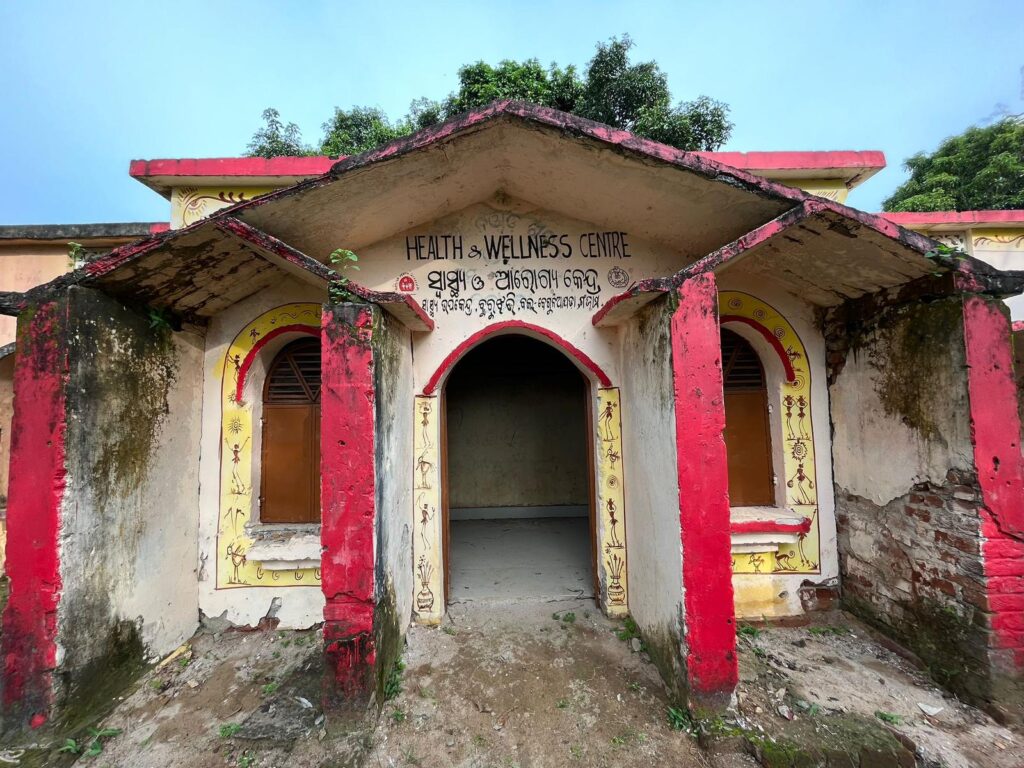ABOUT
On 19 September 2023, the Avoidable Deaths Network’s India Hub launched the Case Station for Avoidable Snakebite Deaths (CaSA) in Burujhari village of Ganjam District in Odisha, India.
As per the Government of Odisha’s two latest Annual Reports of Natural Calamities 2021-2022 and 2020-2021, the district of Ganjam currently carries the highest burden of avoidable snakebite deaths.
CaSA exists to promote a social learning laboratory at the village level; foster village-level communities of practice (aka local level action network (LAN)) to find solutions at scale; and develop the capacity of primary and secondary responders to reduce avoidable snakebite deaths.

STRATEGY
Purpose
Why we exist: To help policymakers, practitioners and communities living with/at high risk of snakebites make better decisions to save lives and injuries for sustainable development.
Vision
What we want to achieve by 2030: To be recognised as local and global leaders in avoidable deaths for impactful research, solutions and services.
Strategic Areas
What we will focus to achieve our vision by 2030:
1. Social Learning Laboratory
2. Communities of Practice
3. Capacity Building
BACKGROUND
In 2015, Odisha became the first state in the country to declare snakebite death as a state-specific disaster. As per the Government of Odisha’s two latest Annual Reports of Natural Calamities 2021-2022 and 2020-2021, 1,888 people died of snakebites across 30 districts of Odisha (with Ganjam district bearing one of the highest numbers of snakebite deaths) as compared to other disaster deaths i.e. lightning, drowning, floods and cyclones.
Through the project Exploring the Feasibility and Value of Pioneering Partnerships to Reduce Avoidable Snakebite Deaths in India, the ADN India Hub identified that the village of Burujhari in the Kodala Tehsil of Ganjam district, is home to the highest number of snakebites in Odisha due to its proximity to coastal jungles, warm and humid climate and high population density. Agricultural workers are most at risk of snakebites from poisonous snakes such as the Indian Cobra (Naga Sapa), Monocled Cobra (Tampa Sapa), Common Krait, Russell’s Viper and the Indian Rock Python. With limited knowledge about snakes, their behaviour, and appropriate preventive measures, villagers are at risk of fatalities. Their risk increases due to being located 2km from the nearest medical facility in an area where there is an inadequate availability of and accessibility to anti-venom through stock and distribution.
ACTIVITIES AND OUTPUTS
1 – 31 May 2024
Forging local collaborations with Fakir Mohan University (Dept. Population Studies), Berhampur University (Centre of Excellence on Climate Change and Disaster Resilience (CECCDR)) and Bharat Gyan Vigyan Samiti (BGVS).
10 – 13 April 2024
13 March 2024
19 September 2023
